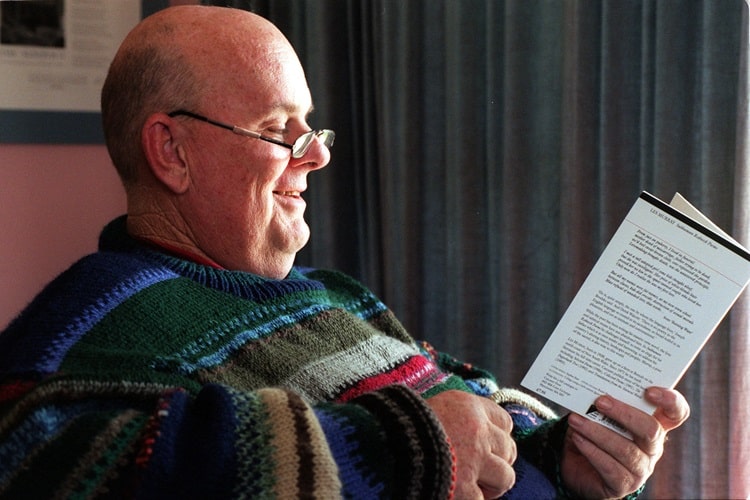The Poet’s Odyssey: Les Murray’s Journey Through Words

Les Murray (17 October 1938 – 29 April 2019) was an Australian poet, anthologist and critic.
Life and Career
Les Murray was born on 17 October 1938, in Nabiac, New South Wales, Australia. Les Murray grew up in poverty on his grandparents’ farm in Bunyah, New South Wales. His childhood experiences deeply influenced his poetry, which often depicted rural life, nature, and the Australian landscape. Murray struggled with health issues throughout his life, including epilepsy, which led to difficulties in his early education.
Despite his struggles, Murray exhibited a keen intellect from a young age. He attended Taree High School and later won a scholarship to attend Sydney University, where he studied modern languages. However, he dropped out of university, feeling disillusioned with the academic environment.
Les Murray’s career as a poet began in the 1960s when he started publishing his work in literary journals and magazines. His first collection, “The Ilex Tree,” was published in 1965, marking the beginning of a prolific writing career. Murray’s poetry often explored themes of Australian identity, politics, and social issues, earning him critical acclaim both in Australia and internationally.
Throughout his career, Murray published numerous collections of poetry, including “The Weatherboard Cathedral” (1969), “The Daylight Moon” (1987), and “Subhuman Redneck Poems” (1996). He also worked as an editor, critic, and essayist, further establishing himself as a leading figure in Australian literature.
Award and Legacy
Murray was awarded the T.S. Eliot Prize in 1996 for his collection “Subhuman Redneck Poems,” a prestigious honor in the world of poetry. In 1999, Murray was awarded the Queen’s Gold Medal for Poetry, a significant recognition of his poetic excellence.
Murray received the Petrarch Prize in 2000, further cementing his reputation as one of the foremost poets of his generation. Les Murray’s legacy extends far beyond the accolades he received during his lifetime. He is widely regarded as one of Australia’s greatest poets and is credited with revitalizing Australian poetry in the latter half of the 20th century.
Murray’s poetry captured the essence of the Australian landscape, exploring themes of identity, politics, and the human condition with depth and insight. His use of language was both intricate and accessible, allowing readers from all backgrounds to connect with his work. Furthermore, Murray’s influence extended beyond his poetry. He served as a mentor and inspiration to many aspiring writers, and his contributions as an editor and critic helped shape the Australian literary landscape.
Observer Voice is the one stop site for National, International news, Sports, Editor’s Choice, Art/culture contents, Quotes and much more. We also cover historical contents. Historical contents includes World History, Indian History, and what happened today. The website also covers Entertainment across the India and World.

